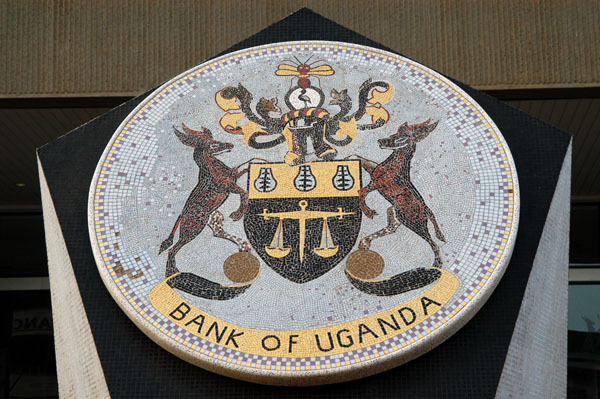KAMPALA (HAN) June 18.2016. Public Diplomacy & Regional Security News. BY: By BERNARD BUSUULWA. Uganda’s central bank reduced its benchmark policy rate by one percentage point to 15 per cent last week, the second cut in successive quarters.
The move was announced on Monday by Bank of Uganda Governor Emmanuel Tumusiime-Mutebile.
A reduction in the Central Bank Rate (CBR) translates into lower interest rates on bank loans, Treasury bills and bonds, and interbank market borrowing.
The BoU cut its benchmark policy rate from 17 per cent to 16 per cent in April to ease inflation, amid signs of economic depression and diminished government spending.
Uganda’s inflation rate increased from 5.1 per cent in April to 5.4 per cent in May, on the back of rising prices of food items despite reduced fuel prices.
Latest projections show that the economy grew by 4.6 per cent this financial year, against a discounted target of five per cent.
Uganda’s economic growth was five per cent in 2014/15, and is projected to reach 5.5 per cent during 2016/17, supported by bigger investments in the transport, agriculture and energy sectors.
Whereas the CBR cut in April highlighted the government’s plan to accelerate economic growth, expected industry-wide reductions in prime lending rates did not materialise as many banks struggled with the high expenses incurred on mobilising money required for disbursing loans to clients, and a mixed performance outlook.
“Banks hardly responded to the previous policy rate cut mainly because of high costs of funding experienced at the time. But average Treasury bill yields have dropped to around 14 to 16 per cent. Our prime lending rate stood at 25 per cent at the end of last year, but could drop by one per cent following the new policy announcement. Private-sector credit growth will also pick up slightly in coming months as many businesses shed the effects of election fever and resume commercial borrowing,” said Sam Ntulume, the executive director of NC Bank Uganda.
Preferential rates offered by banks to clients with high credit ratings averaged 25 per cent between February and May this year, up from 24.6 per cent in January, BoU data shows.
The services sector has grown by 6.6 per cent this financial year, up from 4.5 per cent recorded in 2014/15, from aggressive expansion activities and steady consumer demand: The manufacturing sector grew by three per cent compared with the 7.8 per cent growth posted in 2014/15, according to government data.
Projected declines in interest rates on Treasury bills and bonds provide opportunities for reduced interest payments incurred on government domestic borrowing operations.
Sharp increases in government borrowing in the domestic debt market and recent shortfalls in tax collections inspired a strong appetite for high interest rates among investors, leading to a surge in interest payments and growing risks of locking out ordinary borrowers from the credit market in favour of government’s funding needs.

Leave a Reply